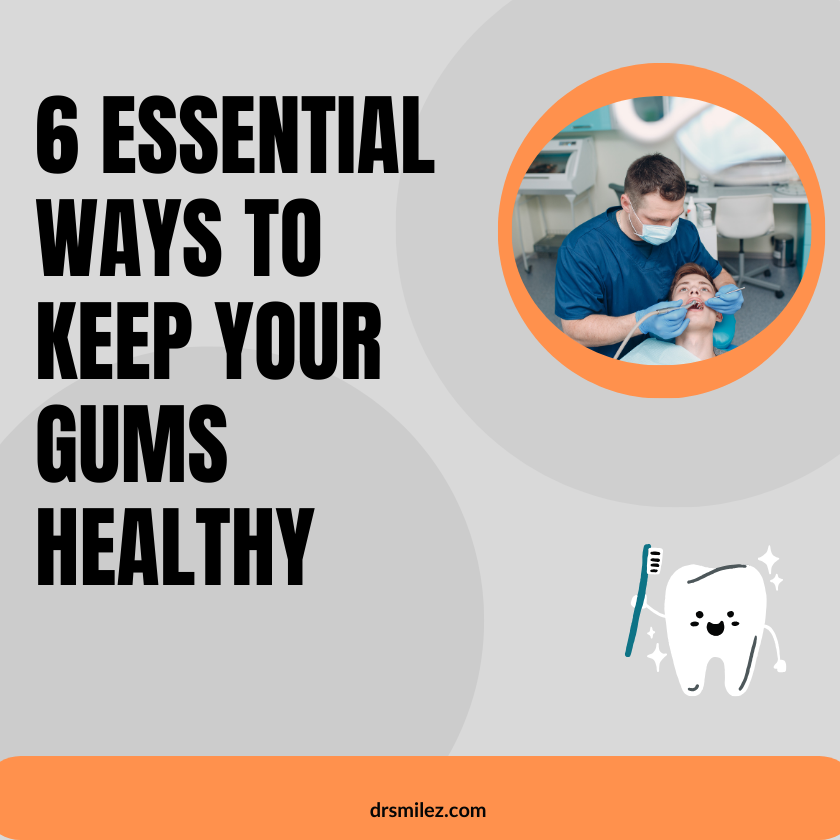Gum inflammation and gum disease generally begins with bacterial growth in your mouth. Dentists term gingival inflammation as gingivitis and gingival disease as periodontitis.
In the early stage of gingivitis, bacteria in food deposits build up, causing the gums to become inflamed and to easily bleed during tooth brushing. Although the gums may be irritated, the teeth will still be firmly planted. No irreversible bone or other tissue damage will be occurred at this stage.
When this is left untreated, it can advance to periodontitis. In a person with periodontitis, the inner layer of the gum and bone pull away from the teeth and form pockets. These small spaces between teeth and gums collect debris and can become infected. When this happens, teeth are no longer anchored in place, they become loose, and tooth loss occurs. Gum disease is the leading cause of tooth loss in adults.
Causes:
- Food deposits (plaque) is the primary cause.
- Physical illness like diabetes, HIV, cancer and many which affects the immune system.
- Habits like smoking, tobacco chewing, betel nut chewing, make it harder for gum tissue to repair itself.
- Medications
- Hormonal changes in women
- Poor oral hygiene maintenance
How do you know if you have gum disease?
- Bad breath that won’t go away
- Red or swollen gums
- Tender or bleeding gums
- Painful chewing
- Loose teeth
- Sensitive teeth
- Receding gums or longer appearing teeth
How is it treated?
- Deep cleaning
- Medications
- Surgical treatments like flap surgery, bone or tissue grafts.
Are your gums sensitive then

